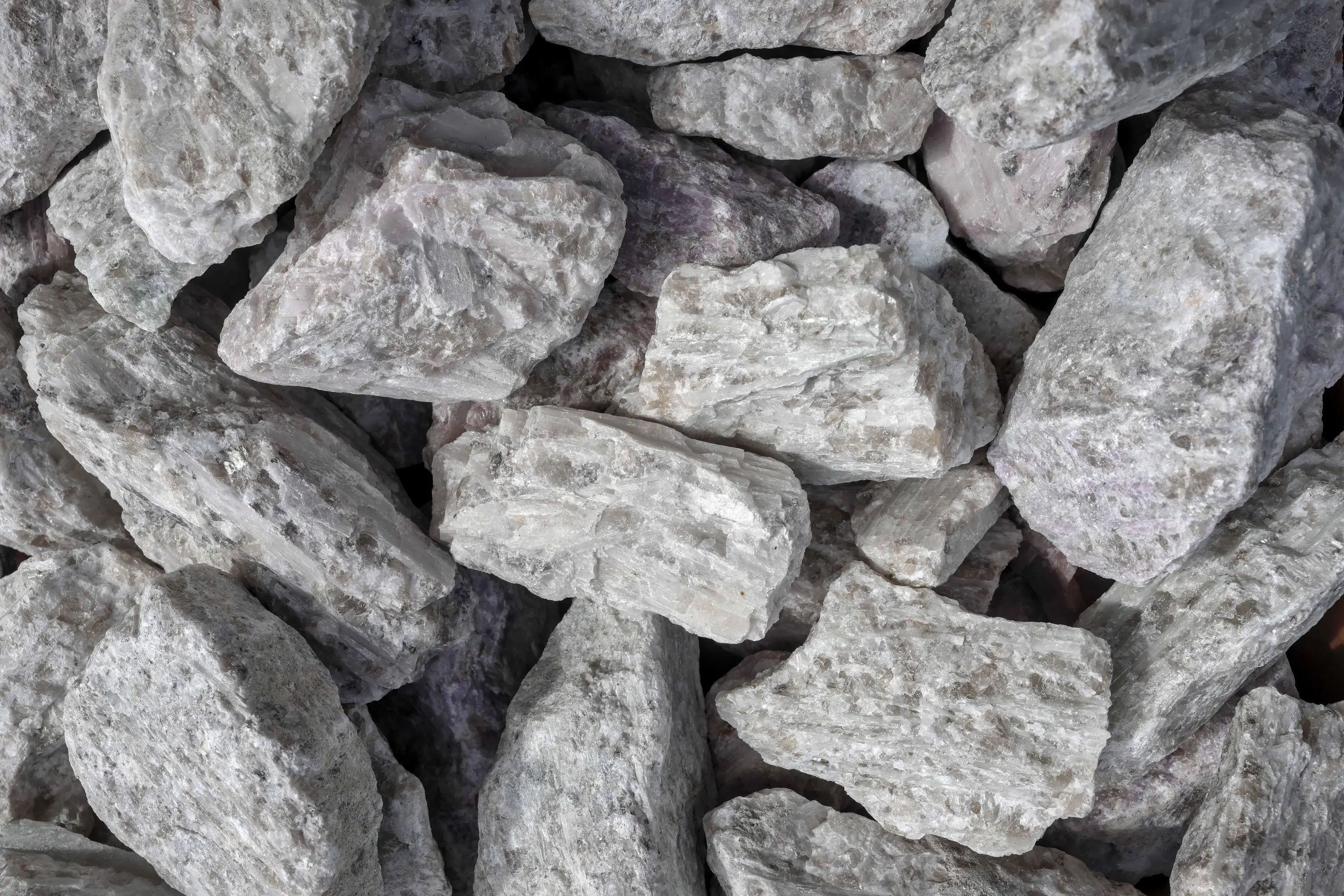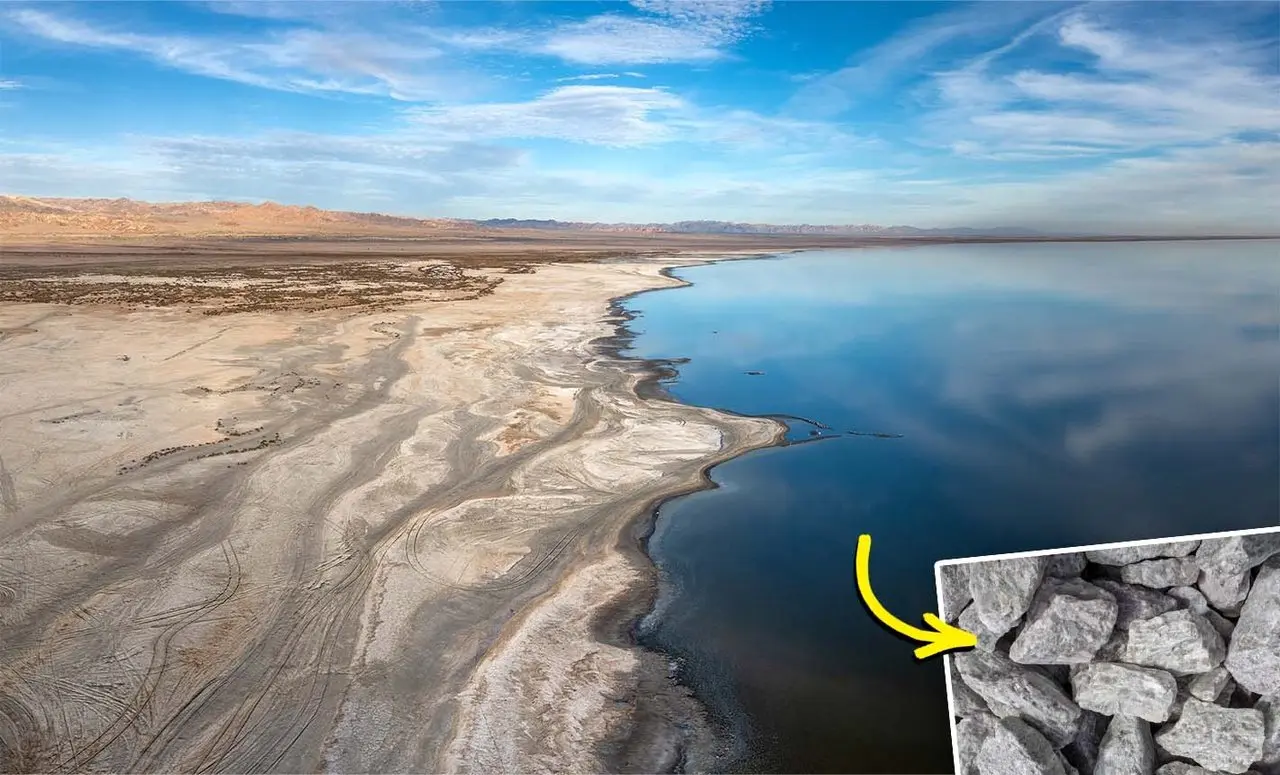Picture this: a sprawling lake in Southern California, its surface hiding a secret worth a jaw-dropping $540 billion. Beneath the Salton Sea, scientists have struck "white gold"—18 million tons of lithium, a find so massive it could power the future of American innovation. This isn’t just a discovery; it’s a treasure hunt with the potential to reshape industries, boost a struggling region, and shift global power dynamics. But like any epic quest, it’s not without its hurdles. Let’s explore this $540 billion promise, the ingenious ways to snag it, and the high-stakes challenges standing in the way.

A Fortune Waiting to Be Claimed
The Salton Sea, California’s biggest lake, has long been a curiosity—an oddity in the desert with a faded past. Now, it’s the stage for a blockbuster reveal: one of the world’s largest lithium brine deposits, valued at $540 billion. According to a U.S. Department of Energy study, this haul could churn out batteries for 382 million electric vehicles—more than every car on U.S. roads today. Michael McKibben, a geochemistry professor at UC Riverside, sees it as a game-changer: “This could make the United States completely self-sufficient in lithium and stop importing it through China.” California Governor Gavin Newsom has even dubbed it the “Saudi Arabia of lithium.” That $540 billion price tag? It’s a ticket to a new era of American dominance in a critical resource.

So, how do we get our hands on it? The plan is as clever as it is bold. Companies like EnergySource Minerals are set to drill geothermal wells thousands of feet deep, tapping into lithium-rich brine heated by the region’s volcanic underbelly. The lithium gets pulled out, and the brine goes back underground—a process that sidesteps the messier side of traditional mining. With operations potentially kicking off in 2025, the vision is to turn Imperial County—a place where the median income sits at just $49,000—into “Lithium Valley.” Jobs, tax revenue, and a shot at prosperity could follow, making this a story of raw ambition.
The Challenges in the Chase
But don’t think it’s a straight shot to the prize—there are some serious obstacles to navigate. For starters, the process needs water, and lots of it, in a region where every drop counts. Pat Dobson from Lawrence Berkeley National Laboratory points out that water consumption is a “main impact,” raising logistical questions about supply. Then there’s the sheer scale of the operation: drilling deep into the Earth isn’t cheap or simple, and it demands infrastructure and regulatory green lights that could slow things down. The Salton Sea itself adds a twist—it’s shrinking fast, a “race against time” as the Daily Mail puts it, which could complicate access to the brine as the lake recedes.
Cultural hurdles pop up too. Sacred Native American sites like Obsidian Butte dot the landscape, and any misstep could spark tension. It’s a high-wire act—move too slow, and the opportunity slips away; move too fast, and you risk a backlash. Still, the lure of $540 billion keeps the momentum alive, pushing innovators to solve these puzzles with grit and ingenuity.

The Payoff of Persistence
Here’s where it gets exciting: the potential rewards are astronomical. That $540 billion stash could break the U.S. free from foreign lithium dependence, especially from China, which refines 90% of the world’s supply. Jeff Marootian from the Department of Energy calls it “vital” for hitting big national goals, like powering a massive electric vehicle surge. For Imperial County, the stakes are even more personal. A 2020 California Energy Commission report pegs annual lithium carbonate revenue at $257 billion—money that could rebuild a region long overlooked. Sara Griffen of the Imperial Valley Food Bank sums up the hope: “We need to be able to dream about this County and fully envision what it would look like if it were better for everyone.” It’s a chance to turn a forgotten corner into a powerhouse.
This isn’t just about lithium—it’s about what $540 billion can unlock. Picture a supply chain that’s ours, a workforce that’s thriving, and a nation that’s calling the shots in a global market. The geothermal extraction method hints at a smarter way to win the prize, and the sheer volume of lithium promises a payoff that could ripple for decades.

The Road to Riches
The Salton Sea’s $540 billion lithium haul is a tale of curiosity and guts—a chance to crack open the Earth and grab a future-shaping resource. The extraction process, with its geothermal twist, showcases human cleverness at its best. The challenges—water, timing, and cultural stakes—test our resolve. And the potential? It’s a dazzling vision of independence, prosperity, and power.
As we eye this white gold, the question isn’t just how we’ll get it, but how far we’re willing to push. The Salton Sea isn’t some dusty relic anymore—it’s a $540 billion dare to dream big and make it happen. The clock’s ticking, the drills are humming, and the world’s watching. Ready to see where this ride takes us?



Leave a Comment